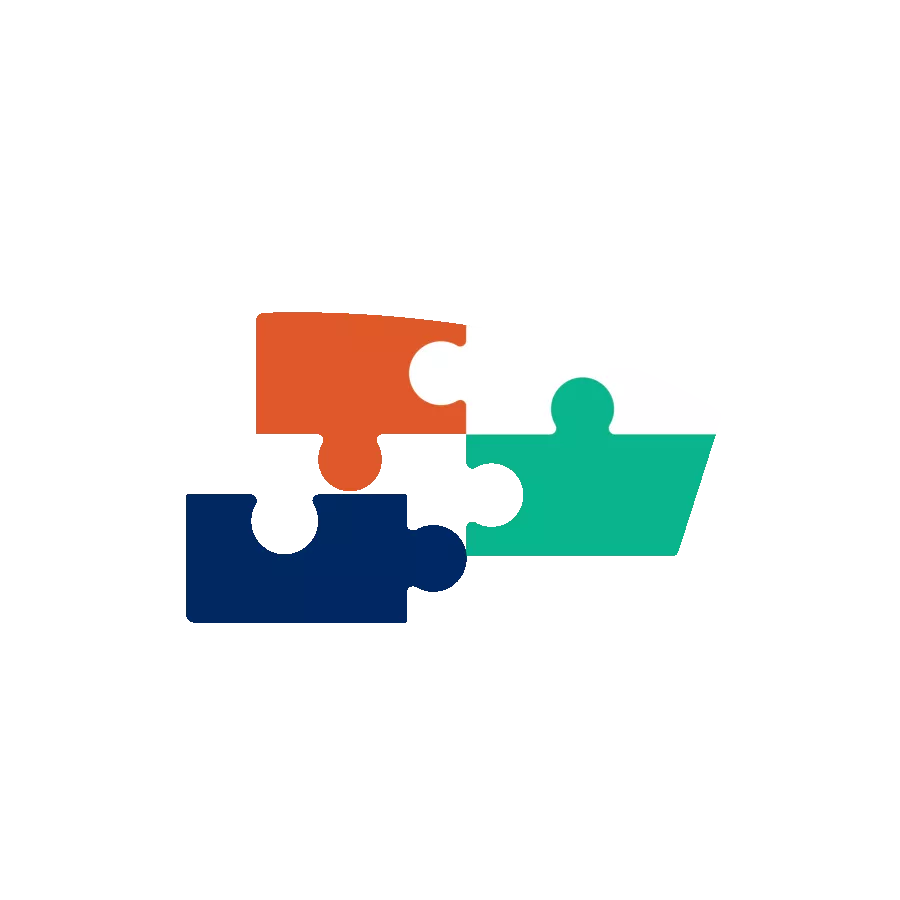Digitalizing to serve our customers
We’re harnessing digital technologies to make rail transport more reliable, boost performance, and expand our mobility offer to meet our customers’ every need.
Innovating to serve customers

10
major research partnerships with academia

942
existing patents and 22 patent applications filed in 2022

4
core components for tomorrow’s rail system
Developing mobility solutions
Customer satisfaction is the measure of success as we propose, experiment with and test new ideas for transport and operations. With that in mind, we’re developing mobility solutions that:
- make our services safer and more secure
- make our system more robust and improve on-time performance
- serve everyone, including thinly populated communities
- are tailored to the diverse new habits of our customers
The power of partnership
To make the rail system more reliable, more effective and even more eco-friendly, we work with a wide range of partners—start-ups, giant industrials, local communities, and players in institutions and academia—to move our plans forward and benefit from the diversity of their expertise.
Innovation at work
Some technologies are still not ready to be deployed, but others are already making a difference in our operations, improving our services and reshaping the way our employees work. Predictive maintenance is a case in point. Combined with corrective maintenance, it’s a perfect illustration of our digitalization policy.
Building the rail system of the future
Our ambition? Serve our customers by developing a rail system that’s competitive, agile and sustainable, and making it the backbone of tomorrow’s mobilities.
This means:
- offering integrated management of all forms of traffic and increasing automation
- boosting energy efficiency and independence
- designing infrastructure and trains to be modular and cost-efficient
- taking a multimodal approach to deliver a more seamless customer experience
1 system, 4 key components
Connected maintenance centres
We’re transforming train and infrastructure maintenance with digital technologies. With artificial intelligence, the Internet of Things and robotics, our operations are more flexible and meet a higher quality standard. And as we collect more data—and more qualitative data—we’re able to optimize resources and make processes less reactive.
Innovative maintenance
We’ve installed IoT1 sensors on our trains and infrastructure and developed algorithms to analyse the data they transmit, making travel more reliable and improving on-time performance for our passengers. We can now predict the dates for 100 different types of breakdowns with 95% reliability—so we can step in before something goes wrong.
Connected network
Tomorrow’s network—like tomorrow’s trains—will be digital and smart. Technologies such as the Internet of Things, BIM, digital twins and digital signalling will strengthen infrastructure operations, maintenance and surveillance. With digitalization, we’ll be better prepared for the unexpected and able to share full information immediately. Network management will be smoother, capacity will increase, and our transport offer will expand.
Telecommunications and performance
Telecommunications are vital to rail operations for the simple reason that rolling stock needs a constant flow of data to operate safely on the network. To create a smarter, more effective network, we’re spearheading a suite of projects based on cutting-edge telecommunications and digital technology. These include ERTMS, our CCR centralized network control technology, GOC 2.0 traffic management, Argos computer-controlled interlocking, the NExTEO train control system, and digital twinning. As we deploy these new tools on the French network, we’re positioning ourselves to expand our rail offer.
Learn more about our Telecommunications and IoT research programme
Boosting performance and safety with a connected network
Connected stations
The stations of tomorrow are already taking shape. The latest developments in connectivity and intelligent building technology will bring dramatic changes in how we manage, monitor and maintain them. Our aim is to control and fine-tune station facilities, cut energy consumption and keep automated equipment running well, giving passengers maximum access to the services they need.
“Smartification”
Today’s stations contain hundreds of sensors and probes that transmit thousands of data points on the status of electrical panels, boarding gates, lifts, escalators and more. If something goes wrong, the information is relayed and analysed in real time by a surveillance app. Thanks to this centralized monitoring, our employees can solve technical problems faster.
The Smart Station project, developed by our subsidiary SNCF Gares & Connexions, is now being scaled up, with 700 stations across France now equipped with this technology.
Discover our Smart Station project
Connected trains
We want to run more trains on our network and boost the capacity and resilience of our infrastructure—which means we need digital technologies more than ever. These solutions will make trains smarter, equipping them with modules that let them communicate with each other and with rail infrastructure. Which in turn makes them critical to the performance and competitiveness of the tomorrow’s rail industry.
Driver assistance systems
Experiments with driver assistance have already taken train automation to new heights. Key capabilities include detecting obstacles, reading signals, geolocation, monitoring trains and their surroundings, and responding to unexpected events. With safety as our absolute priority, we’re working with the Railenium Test and Research Centre (IRT) and partners in industry to develop two different models for autonomous trains: one for freight operations at Rail Logistics Europe, developed with Alstom, Altran, Hitachi and Apsys, and another for TER regional passenger rail, developed by Bombardier, Bosch, SpirOps and Thales.
Next-generation train tracking
Accurate, continuous train tracking is critical to creating a Europe-wide rail system. This new technology—now in the experimental stage under our Tech4Rail2 programme—should let us operate more trains on the same stretch of track and eliminate physical signalling equipment. That in turn will boost on-time performance and cut costs substantially. Advanced geolocation will also improve passenger information and play a key role in other projects, such as driverless trains and connected level crossings.

Smart, connected freight
The Digital Freight Train is based entirely IoT1 technology—a worldwide breakthrough in rail freight developed by Rail Logistics Europe and Traxens, a start-up based in Marseille. Digitalized freight wagons have an onboard communications network of sensors and relay boxes that transmit critical real-time intelligence on each shipment. The digital freight train provides geolocation and geofencing data, along with information on shipping conditions, unexpected impacts, stops, movements and more.
The TGV M—100% connected
Our new TGV M is packed with ground-breaking innovations to enrich the customer experience. Designed by top experts at SNCF Voyageurs and Alstom, it will carry the branded “TGV INOUI 2025”.
This 4th-generation TGV will offer:
- access to scalable connected services
- detailed, live passenger information in all areas of the train
- preventive maintenance, with continuous transmission of data on trainset components
Smarter, cleaner, ever more reliable trains